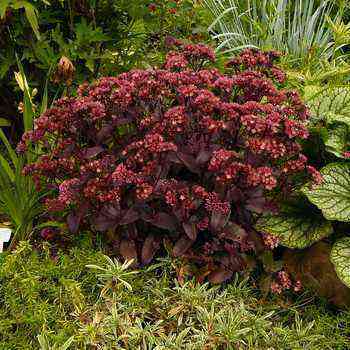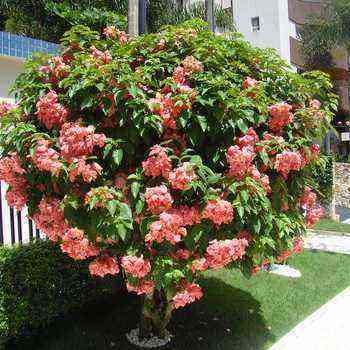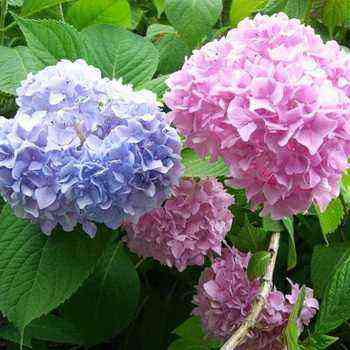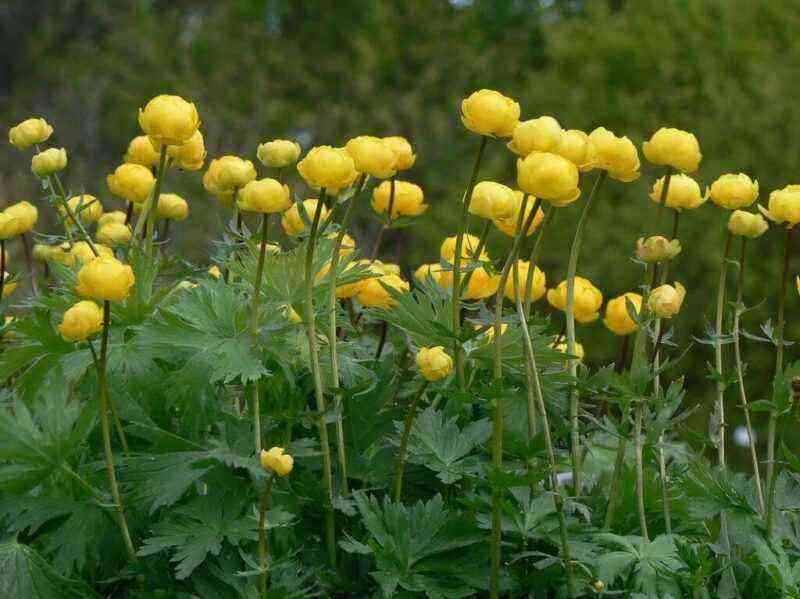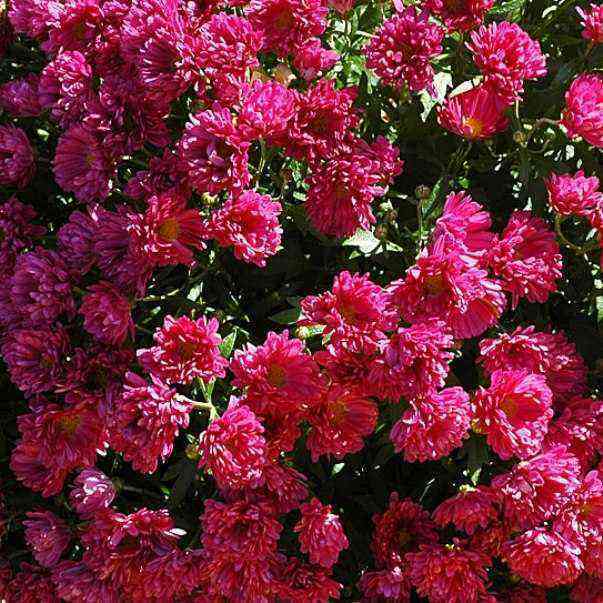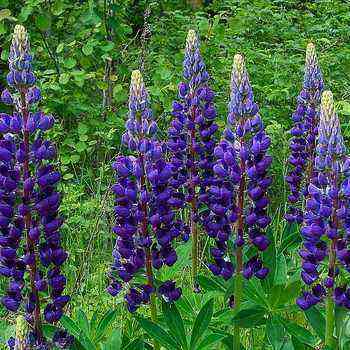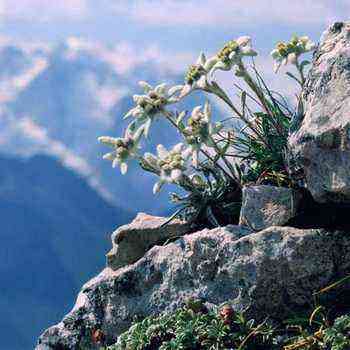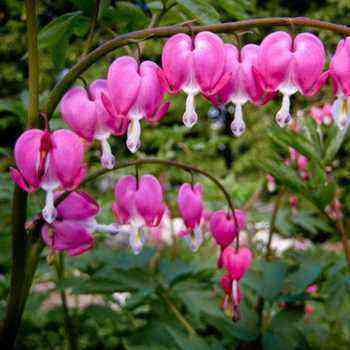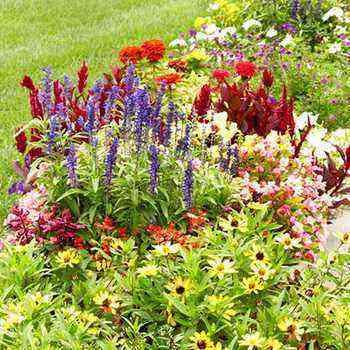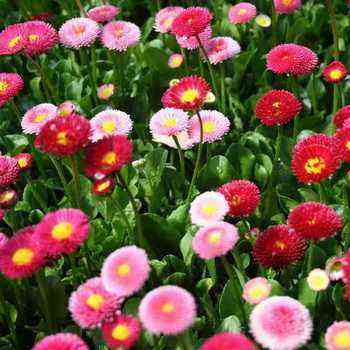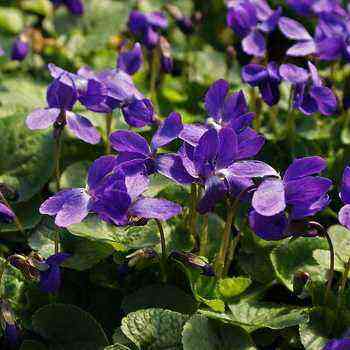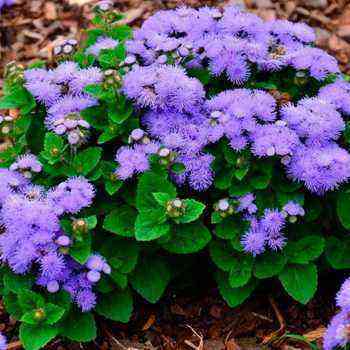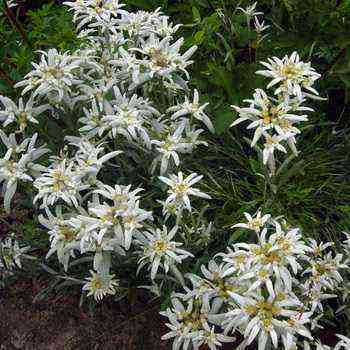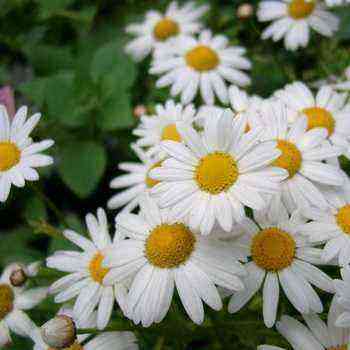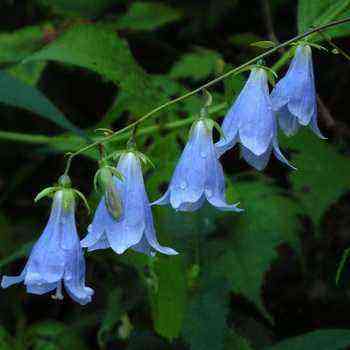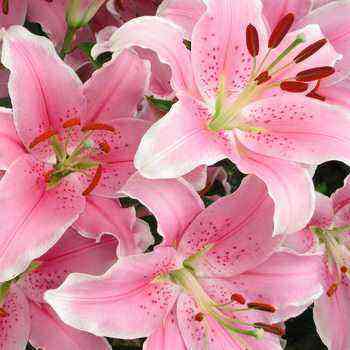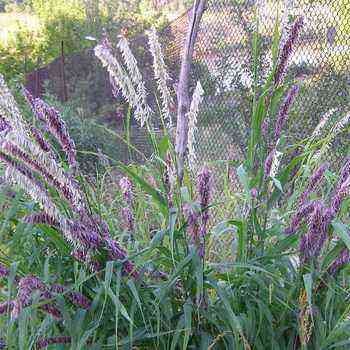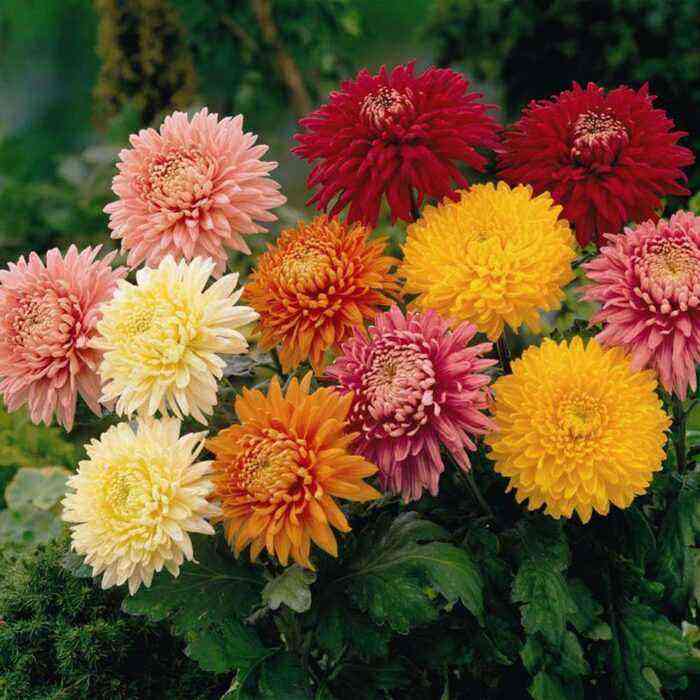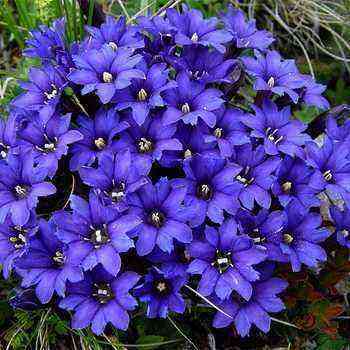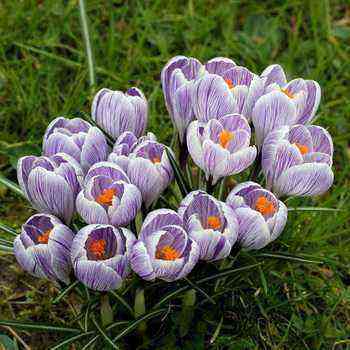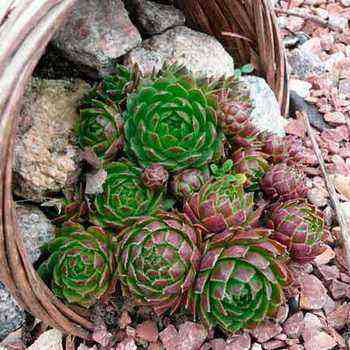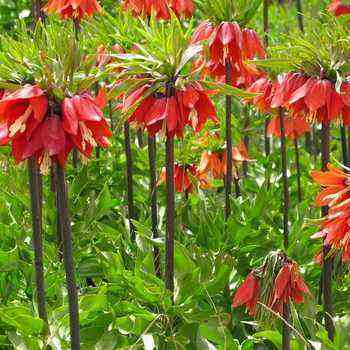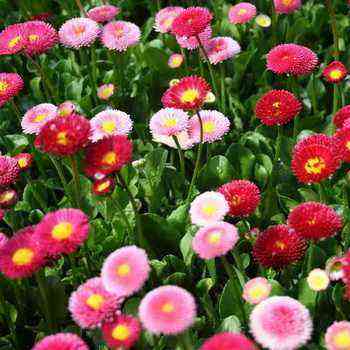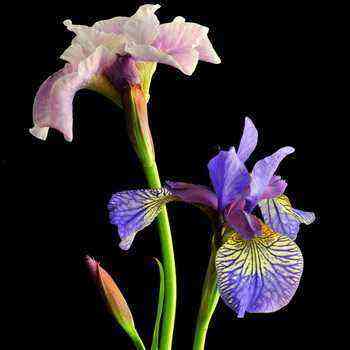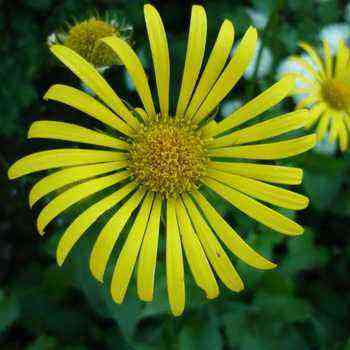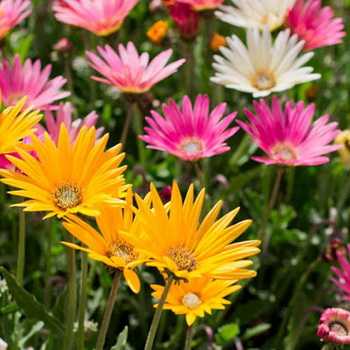 The Latin name for the flower Arctotis comes from two Greek words arktos and otos, which means “bear” and “ear”. This plant is popularly called “bear’s ear”. Despite the fact that such a designation may inspire thoughts of cumbersomeness, this is not at all the case: arctokis is a very delicate flower that resembles a chamomile or a medium-sized gerbera.
The Latin name for the flower Arctotis comes from two Greek words arktos and otos, which means “bear” and “ear”. This plant is popularly called “bear’s ear”. Despite the fact that such a designation may inspire thoughts of cumbersomeness, this is not at all the case: arctokis is a very delicate flower that resembles a chamomile or a medium-sized gerbera.
Description of arctotis
The homeland of arctotis is South Africa, for which it is sometimes called the South African chamomile. Now this plant is distributed all over the world. Flowering begins in early June and continues until late frost. In the botanical reference The Plant List, 70 species of Arctotis are mentioned, but the most common of them are five: stoicholiferous, short-stemmed, hybrid, stemless, rough and lush. Below is a description of them.
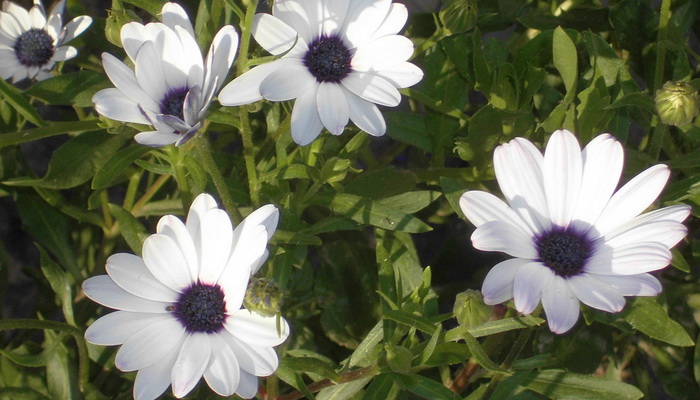
Arctotis stoechadifolia (Arctotis stoechadifolia) is a graceful herbaceous perennial, but in the middle lane it is cultivated as a one-season plant.
For the similarity of beautiful inflorescences-baskets with chamomile inflorescences, it is often called just that. Flowers close at night and in gloomy weather.
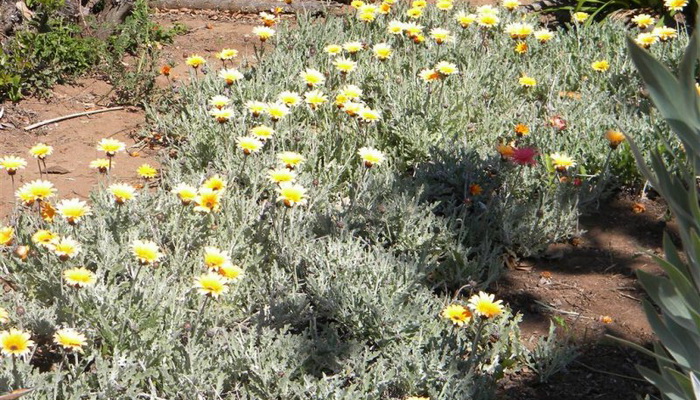
The stems of Arctotis stoechadifolia are erect, reaching a height of 70 cm.
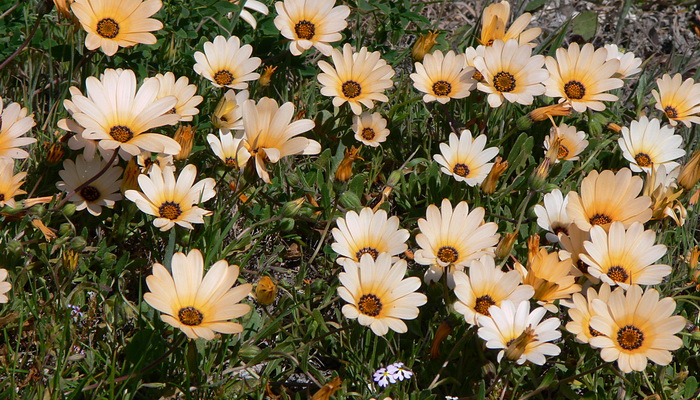
Leaves strongly dissected, opposite or alternate, dentate, with soft pubescence.
Inflorescences are baskets with a diameter of 5-8 cm, they are located on elongated tubular peduncles. The ligulate flowers are most often white, pale yellow, deep pink or orange.
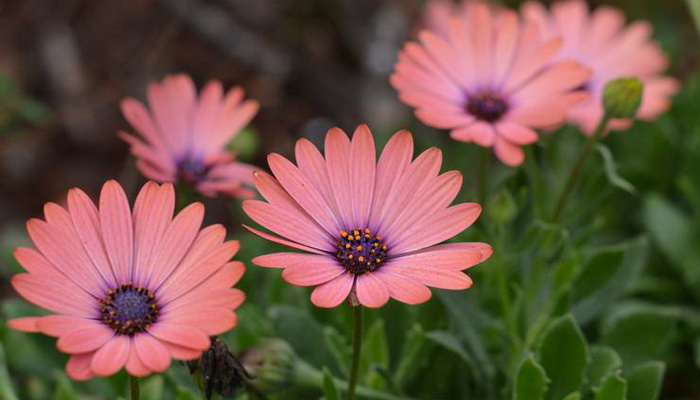
Arctotis hybrid (Arctotis hybridus) is the main, most numerous species, including both tiny plants (up to 20 cm) and tall giants (up to 1.5 meters).
The average diameter of the baskets is about 10 cm, the length of the peduncles is up to half a meter. Reed flowers, depending on the variety, have a color from white to lilac. The tubular flowers are most often bright pink, brownish or purple in color.
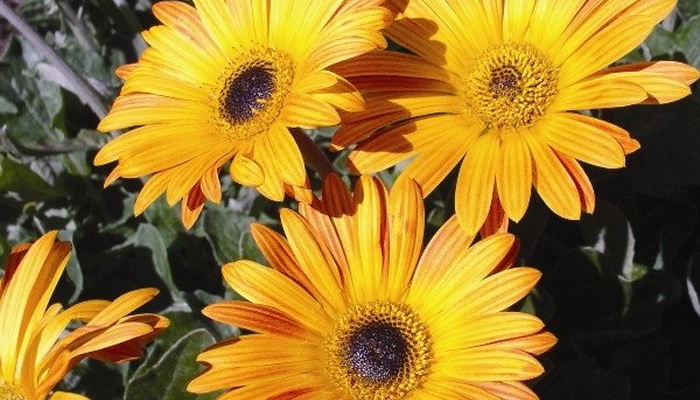
Most varieties of Arctotis hybridus begin to bloom in mid-July and last until the end of September. Like all other species, flowers open only if the sun is shining, and they close at night or in cloudy weather.
The most popular varieties of hybrid arctotis are:
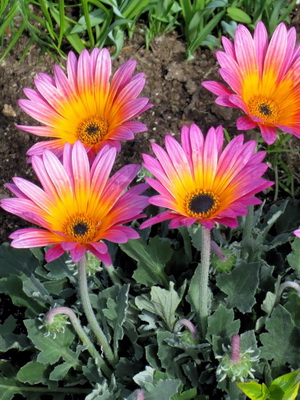
“Pink sugar”

“Harlequin”
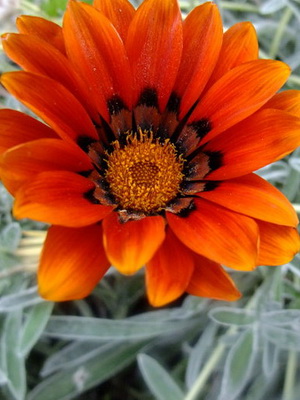
“Mahogany”
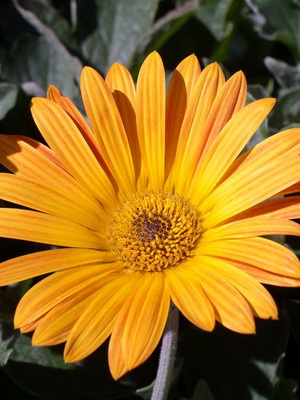
Hayley
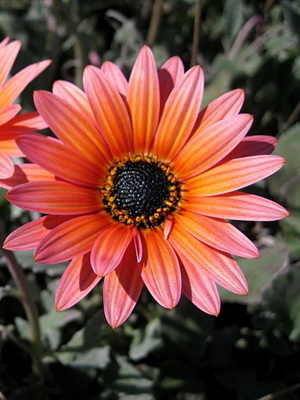
“Flamingo”
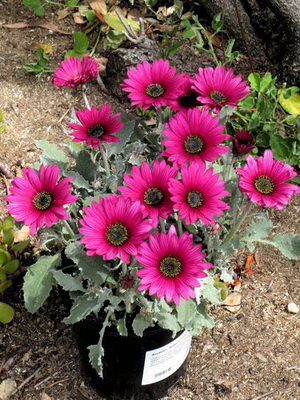
“Flame”
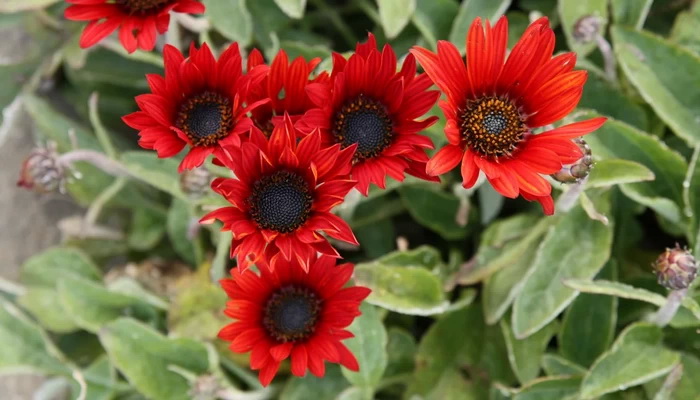
“Red brick”.
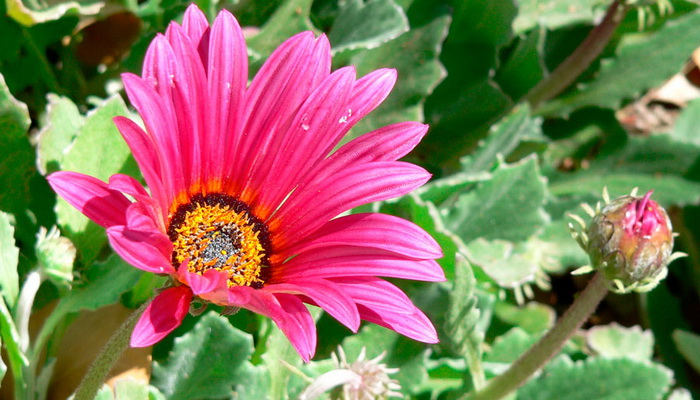
Arctotis stemless (Arctotis Аcaulis) is a stunted species, the length of the peduncles does not exceed 15 cm.
It seems as if the plant has no stem at all, which is why it got its name. The front surface is green, and the wrong side is whitish due to light pubescence. Baskets reach 50 cm in diameter, they include reed (yellow or purple) and tubular (red or brown) flowers.
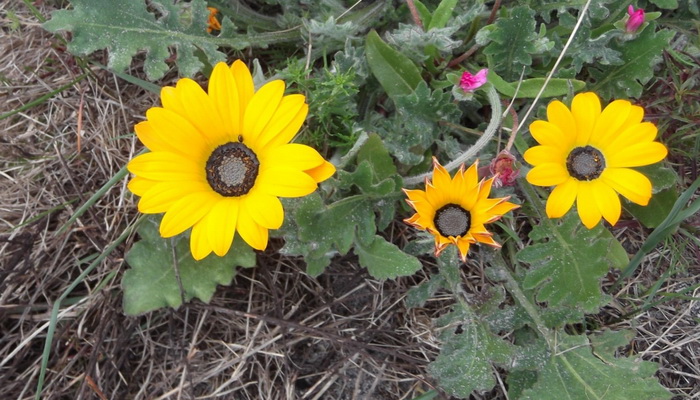
Arctotis short-stemmed (Arctotis breviscapa) is slightly higher than a. stemless (peduncle length up to 20 cm).
This species was first described in 1812. Ligulate flowers are usually bright orange in color.
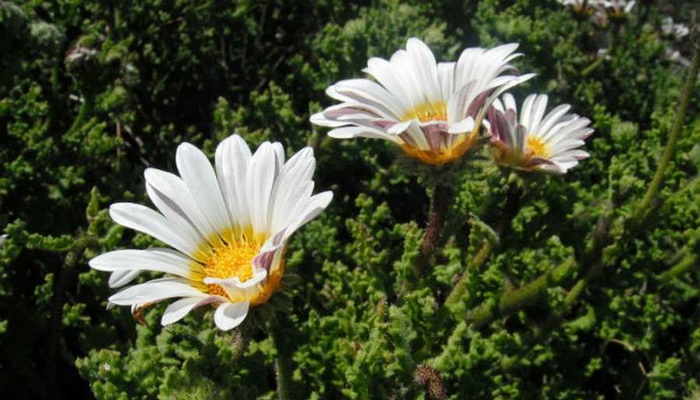
Arctotis rough (Arctotis aspera) reaches a height of 40 to 50 cm.
Like all the species described, it is cultivated in the middle lane as an annual plant. The inflorescences-baskets reach 5 cm in diameter. , yellow colors.

Arctotis lush (Arctotis fastuosa) is a medium-sized representative of the genus.
Its shoots are ascending, with characteristic ribs, and the stem leaves are smaller in size than the basal ones. The villi on the leaves resemble a thin spider web. This is one of the most decorative species, as the Arctotis fastuosa bushes are very lush, forming a rich, decaying, like a fountain, curtain.
Less common types of arctotis include:
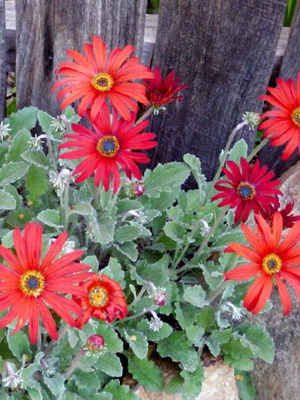
but. haired

candida
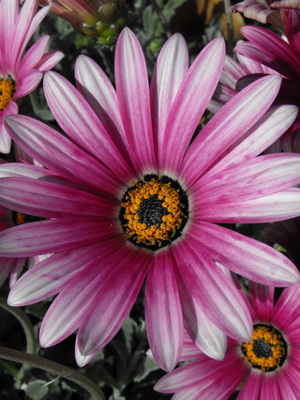
tricolor
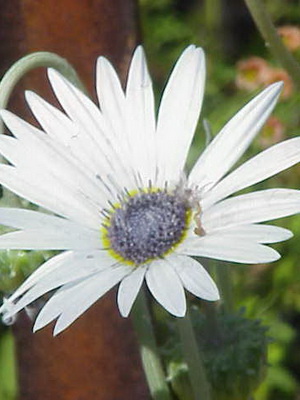
elongata
Next, you will learn when to plant arctotis seeds and get advice on growing this herb outdoors.
Growing and using arctotis
Requirements for environmental conditions. The arctotis plant is light-loving, but it can also grow in partial shade. Prefers light, well-drained, nutritious, calcareous soils. Arctotis is drought-resistant and, being a native of the south, is demanding of heat, although it can bloom until the very frost. The plant is not demanding for air humidity.
Breeding. Arctotis propagates by seed. As a rule, their germination rate is 60-80%. Within two years, seed germination is lost. If you want to collect your own seed, then you need to do this two weeks after the inflorescences wilt.
Sowing by seedlings in greenhouses or greenhouses begins in March-April. You can plant seeds directly in open ground in early May. The recommended distance is 20-30 cm from each other. Seeds begin to germinate at a temperature of 18-20 C approximately two weeks after sowing. It is recommended to thin out the grown seedlings slightly. Do not overdo it with watering and do not spray the seedlings – due to the shallow pubescence of the leaves, these plants cannot stand waterlogging.

When plants reach a height of 10-12 cm, it is recommended to pinch them. This is done for better tillering. Before planting in open ground, it is recommended to harden the plants, for several days in a row taking them out to the balcony or terrace for 2-3 hours. During transplantation, it is important not to damage the overly sensitive root system. It is best to resort to the transshipment method, while trying not to disturb the existing earthen lump.
Care. Agrotechnical measures for the care of arctotis include weeding, loosening, rare watering (only in very dry seasons). Being a native of Africa, these plants are quite drought-resistant and can take water from the deep layers of the earth.
Arctotis does not need compulsory feeding, in addition, it does not tolerate fresh organic matter poorly.
Since some bushes are very lush, it is necessary to tie up the stems when caring for the plants.
In order to achieve lush, continuous flowering, it is important to remove wilted inflorescences in time, this will provoke the active formation of new ovaries.
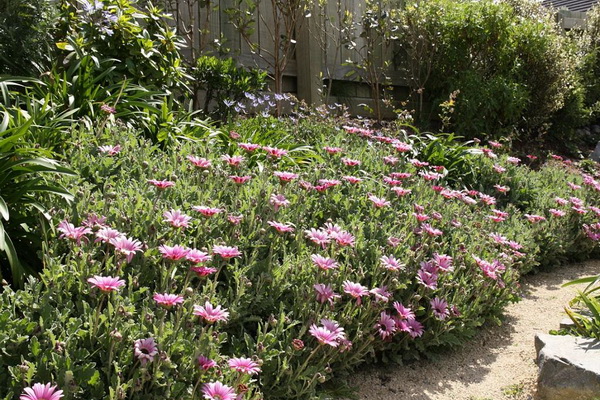
With an excess of moisture, Arctotis is susceptible to fungal infections, but insect pests practically do not threaten this plant. As a preventive measure, it is recommended to spray the bushes with a fungicide; Fundazol has an excellent effect. From folk remedies, an excellent harmless preparation is a mustard solution (in a proportion of 100 g of dry matter per bucket of water). Spraying with onion husk infusion is also recommended. To get rid of aphids, you can treat the plants with insecticides in the proportions indicated on the packages. Of the well-proven drugs, you can recommend “Aktellik”, “Aktar” or “Fitoverm”. If the summer is very dry, and it was not possible to avoid the defeat of gray rot, then the damaged plants must be completely removed.
Do not forget to remove plant residues at the end of the season – these flowers will still not survive the winter, and the parts remaining in the ground can serve as a refuge for pests.
These photos show the most basic points of planting and caring for an arctotis flower in the garden:


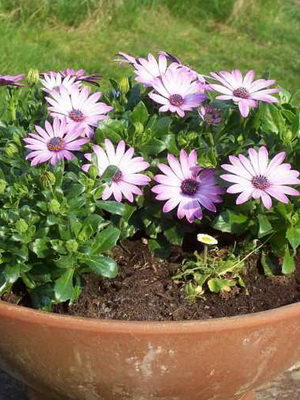

Using. Arctotis are used to decorate flower beds, ridges, mixborders, alpine slides and rockeries, to create borders – in general, for any mixed plantings. Balsam, long-flowering begonia, compact varieties of marigolds, balsams, railings, coleus, verbena, petunias, nasturtium, cineraria, godetia and phlox will feel great next to these flowers.
Arctotis varieties of bright cut colors are very effective.
